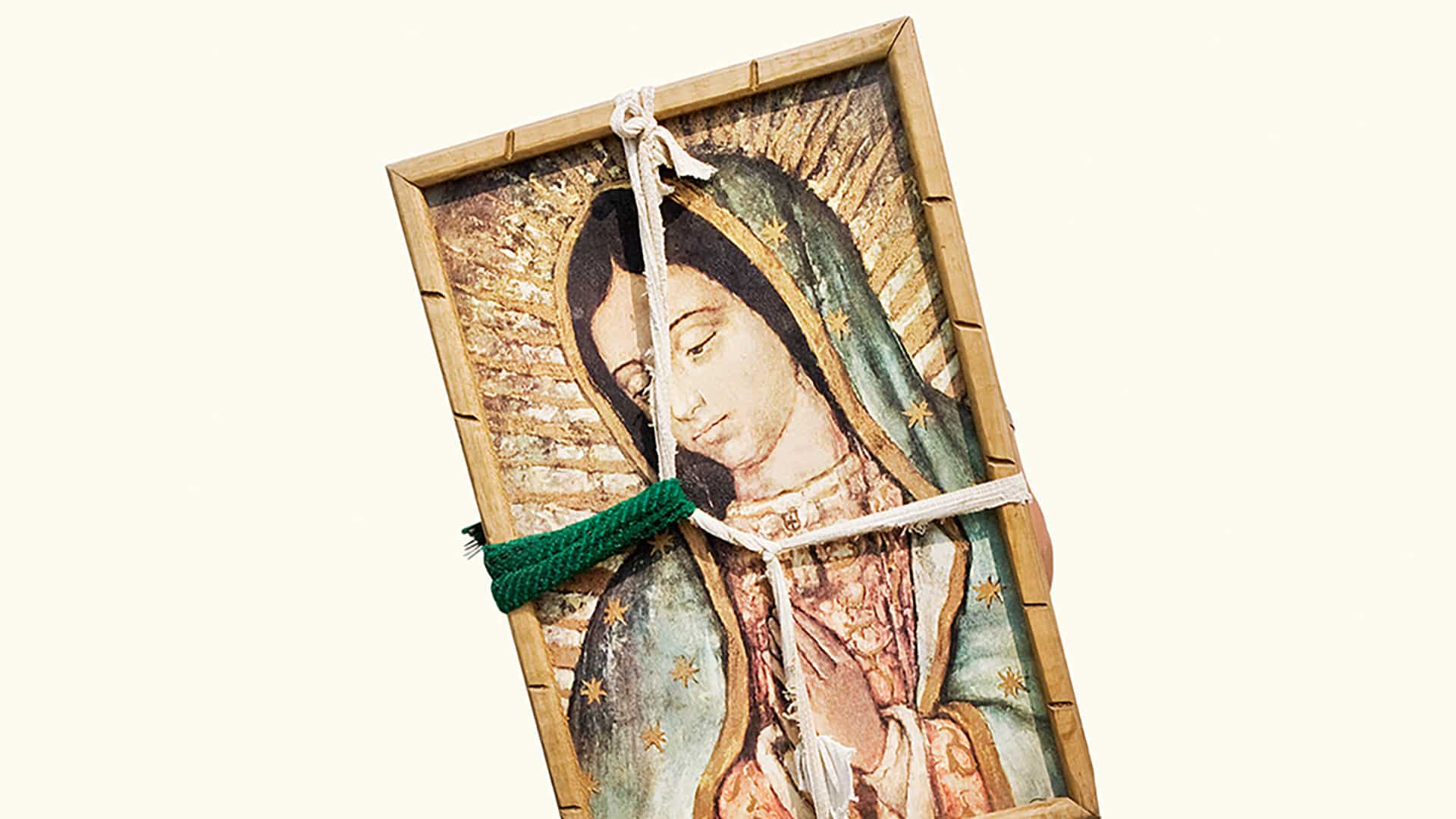In Latin America, women active in the world of photography are not just muses: they have created many of the works we have in front of us today. And yet, we are not sufficiently aware of their existence. We take a closer look at the lack of visibility and recognition of women in Latin American photography.

You’re getting blind.
Don’t miss the best of visual arts. Subscribe for $9 per month or $108 $90 per year.
Already suscribed ?



